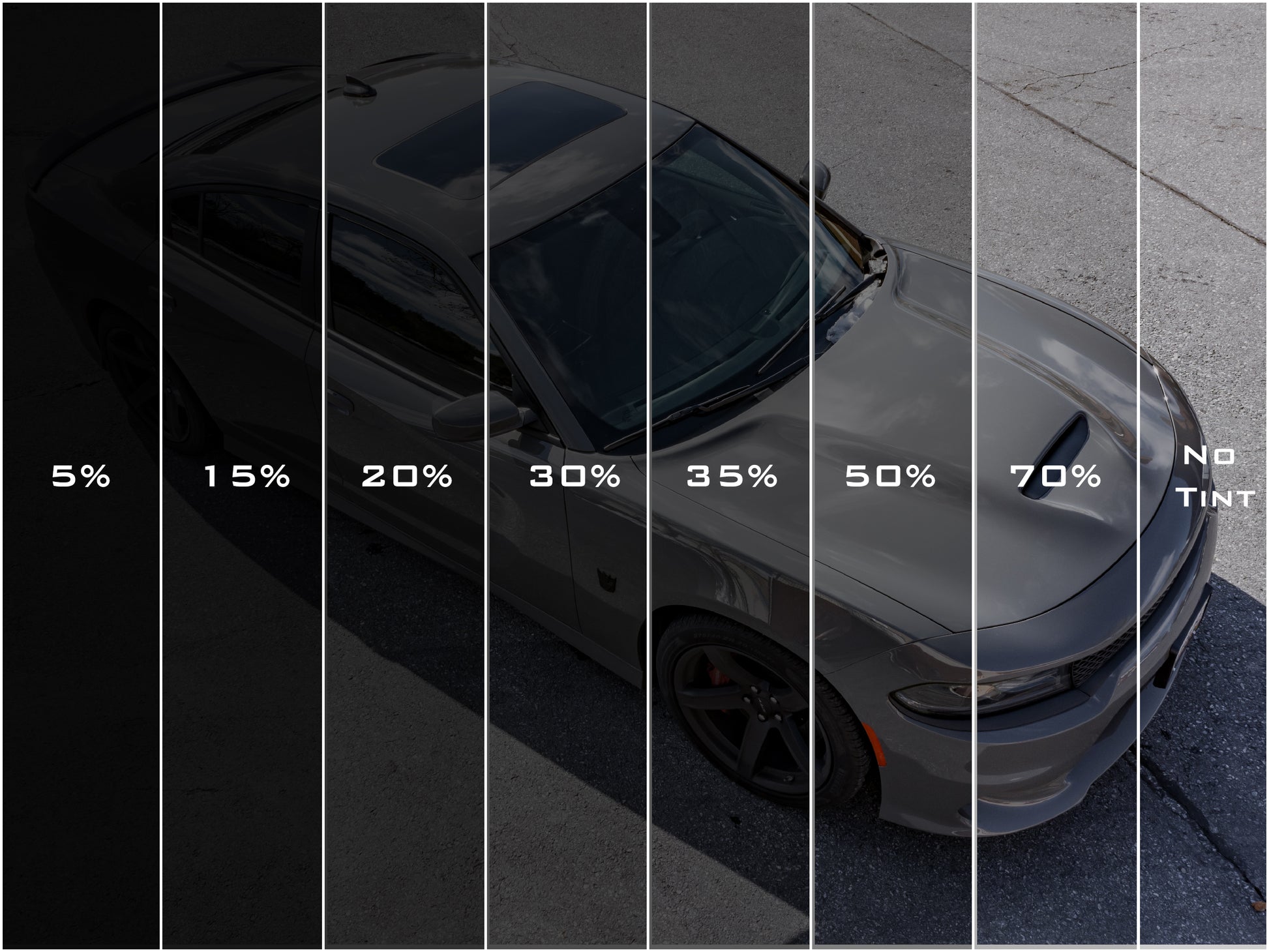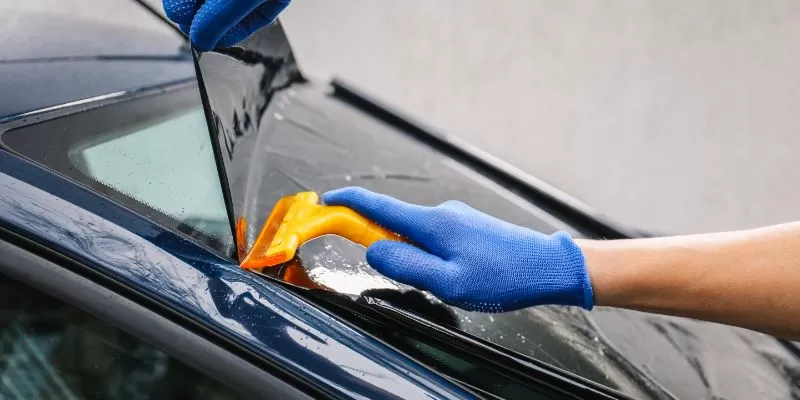Home Window Tinting Regulations and Guidelines: What You Required to Know Before Tinting Your Vehicle
Before waging window tinting for your lorry, it is necessary to familiarize on your own with the diverse legislations and standards that control this method across different states. These laws determine the allowable levels of color darkness, frequently gauged by visible light transmission (VLT) portions, and include details stipulations for front windscreens focused on making sure roadway security. In addition, certain jurisdictions might offer clinical exceptions for individuals with qualifying conditions. Recognizing these complexities can save you from possible legal implications, but what are the particular policies in your state?
Summary of Home Window Tinting Rules
Home window tinting regulations are regularly based on variant throughout different jurisdictions, showing regional guidelines and safety and security factors to consider. These legislations dictate the permissible degrees of color darkness and reflectiveness on lorry home windows, making certain that chauffeurs preserve sufficient exposure while also protecting versus unsafe UV rays and warmth.
Most laws classify window tinting based on the Visible Light Transmission (VLT) percentage, which indicates the quantity of light that can go through the home window. Generally, reduced VLT portions signify darker colors. Legislations often set apart in between the front, side, and back home windows, with stricter constraints applied to the front windscreen to boost security for both the vehicle driver and other road users.
Furthermore, some jurisdictions impose constraints on the reflectivity of the color, stopping too much glare that could harm presence. Exemptions to these regulations may exist for people with certain medical problems needing additional sun security. Conformity with window tinting guidelines is critical, as infractions can lead to penalties, required elimination of the color, and potential rises in insurance costs. It is necessary for vehicle owners to acquaint themselves with neighborhood laws prior to continuing with home window tinting installations.
State-by-State Tint Regulations
Understanding the details home window tinting policies in each state is crucial for lorry proprietors looking for to abide by the law. Each state in the U.S. has established its very own set of guidelines regulating window tinting, which can vary substantially. These laws often dictate the allowed degrees of tint darkness, the kinds of home windows that can be tinted, and any kind of clinical exemptions that may use.
For example, states like California have stringent constraints on color darkness for front home windows, while others, such as New Mexico, might permit darker colors. Furthermore, certain states mandate specific presence percents for different windows, consisting of the windscreen, front side windows, and back windows. It is crucial for car owners to acquaint themselves with their state's laws to prevent prospective penalties or charges.
Additionally, some states might require an accreditation sticker label to be put on tinted windows, showing compliance with state laws. Failure to abide by these guidelines not only takes the chance of lawful effects however can also influence security and visibility while driving. Lorry owners must perform complete research or seek advice from regional authorities to ensure full understanding and compliance with state-by-state color policies.
Allowed Tint Types and degrees
Many automobile owners may be stunned to learn that enabled tint degrees and types differ widely throughout different states. Each state has actually established its very own laws concerning the permissible darkness and reflectivity of home window tint, often determined by Visible Light Transmission (VLT) percentages. VLT refers to the amount of light that can go through the colored windows; therefore, a reduced percentage shows a darker color.

Additionally, the sorts of color materials enabled can differ, with some states banning mirror-like or metal surfaces. It is necessary for automobile owners to acquaint themselves with their state's specific regulations to guarantee conformity. Non-compliance can result in fines, mandatory removal of the color, or various other lawful consequences, making it necessary to comprehend these guidelines before proceeding with installation.
Medical Exceptions for Tinting
While not all states offer allowances for clinical exceptions relating to window tinting, those that do recognize the necessity for specific people to improve visibility and convenience due to medical problems. Different clinical problems, such as lupus, skin cancer cells, and particular eye conditions, can render individuals specifically conscious sunlight. These people might call for darker tints to safeguard themselves from hazardous UV rays and glow.

It is very important to keep in mind that even with a medical exemption, there might still be constraints on the level of color allowed. Conformity with state legislations guarantees that people are both safeguarded and within legal limits. Those considering medical exemptions need to contact their neighborhood Department of Electric motor Vehicles or equivalent authority to comprehend the procedures and demands needed to apply for an exception successfully.
Charges for Non-Compliance
Failing to abide with window tinting legislations can cause substantial charges, which differ by state. Police are encouraged to release citations for lorries that additional reading do not stick to the specified tinting guidelines. These charges commonly consist of fines, which can range from moderate amounts to numerous hundred dollars, depending upon the seriousness of the offense and the state concerned.
In some jurisdictions, repeated offenses may result in rising penalties or added fines, such as obligatory court appearances. Non-compliance might necessitate the removal of unlawful tinting, often at the owner's expense. In extreme cases, habitual transgressors might face suspension of their car enrollment up until compliance is attained.
Additionally, insurance ramifications may arise from obtaining multiple citations for home window color offenses. Insurance firms might view such infractions as a sign of riskier habits, possibly leading to enhanced premiums or problem in protection.
To stay clear of these fines, it is critical for automobile proprietors to familiarize themselves with their local home window tinting legislations and ensure that their lorry complies (Window Tinting). This positive approach not just stays clear of legal ramifications however additionally advertises road safety and security
Final Thought

Most policies categorize window tinting based on the Visible Light Transmission (VLT) percentage, which suggests the quantity of light that can pass through the window. Conformity with home window tinting guidelines is essential, as infractions can result in penalties, necessary elimination of the color, and possible increases in insurance premiums.Understanding the details home window tinting regulations in each look at more info state is vital for lorry owners seeking to comply with the law. These regulations commonly determine the permitted degrees of color darkness, the types of windows that can be tinted, and any type of medical exemptions that may apply.
For instance, states like The golden state have rigid limitations on tint darkness for front windows, while others, such as New Mexico, might permit darker tints.